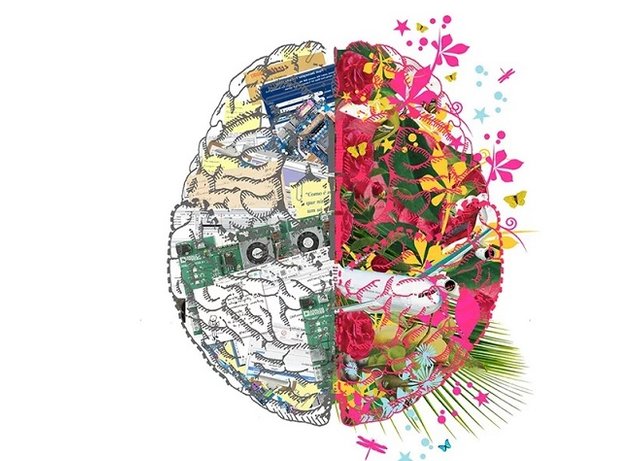The imagine are based on past perceptions and are just as specific, but are fainter, less vague, and more incomplete than perceptions; reflect only individual parts of the objects, ie. variables are; are a summary of the subject of its repeated perception, it mainly includes those peculiarities of the object that have been repeated at each perception, i. those that are relatively constant. Physiological mechanisms of transmission - based on the traces of the cerebral cortex formed by its excitation during perception, temporary nervous connections are formed, preserved due to the plasticity of the cerebral cortex / which changes with age - in childhood there is the most susceptibility to irritants and a large stock from visual images. The concepts include, in addition to the internal ones, the signs immediately preceding the perceptions and those that are revealed in a detailed analysis of the objects and their relations with other objects and personalities.
Features of Images: - encompass the whole variety of external manifestations / signs / of reality; - also include signs that are not immediately perceived through mental analysis of the objects and of the personal movements and actions of the person; - after their preservation, they are specified, supplemented, modified under the influence of new perceptions. The completeness of the perception is relative, because the consciousness of one person can not cover all the properties and their combinations in the objects and phenomena; - a bridge between sensory and abstract - logical knowledge. Types of representations and their functions. Depending on their origins, they are presented based on perceptions, imagination and thinking. By the degree of aggregation of the image of the objects and the phenomena are divided into: single - for a particular object, based on the direct perception of a real object. It occupies a special place in the structure of consciousness.
They are based on the development of ethical and aesthetic feelings; general - an idea of common features and features of a given group of objects. Reflects only this group of objects that have a common feature / similarity; schematized - the reflection of the object in the form of a conditional, graphically negative image. Images can also be classified based on the type of analyzer to which they relate. Visual, auditory, olfactory, tactile, motoric notions can be defined. In terms of people's behavior and activity, the imagery performs three basic functions, and they are: signal - it is information that translates specific stimuli from the environment into signals that govern the behavior and activity of the person. Signal function of the image acts differently depending on the social lifestyle of the personality; regulating - selecting the necessary information, taking into account the actual objectives of the activity and the behavior - updating these sides of the idea through which the tasks are most successfully solved; tuning - provides the attitude for performing an action. There is a connection between the concepts of an action and the initial start-up time of the action. Meaning of Images: - They form the basis of the sensual knowledge of the person; - personality orientation in reality; - a sensory basis for the formation of concepts with a relatively low degree of generalization and abstraction; - also regulate the work of the imagination of the personality; - modern science is increasingly expressing the results of exploring the world as models, schemes, virtual images, etc. In their unity, these three basic functions of the notions define the content of the so-called cognitive maps.

Great concept.
Downvoting a post can decrease pending rewards and make it less visible. Common reasons:
Submit
Upvoted.
Downvoting a post can decrease pending rewards and make it less visible. Common reasons:
Submit